Blackford, JC, Alendal, G, Avlesen, H, Brereton, A, Cazenave, PW, Chen, B, Dewar, M, Holt, J and Phelps, J 2020 Impact and detectability of hypothetical CCS offshore seep scenarios as an aid to storage assurance and risk assessment. International Journal of Greenhouse Gas Control, 95. 102949. 10.1016/j.ijggc.2019.102949
Preview |
Other
Blackford et al. 2020 IJGGC (2).PDF Available under License . Download (2MB) | Preview |
Abstract/Summary
Carbon Capture and Storage has the potential to make a significant contribution to the mitigation of climate change, however there is a regulatory and societal obligation to demonstrate storage robustness and minimal local environmental impact. This requires an understanding of environmental impact potential and detectability of a range of hypothetical leak scenarios. In the absence of a significant body of real-world release experiments this study collates the results of 86 modelled scenarios of offshore marine releases derived from five different model systems. This synthesis demonstrates a consistent generalised relationship between leak rate, detectability and impact potential of a wide range of hypothetical releases from CO2 storage, which can be described by a power law. For example a leak of the order of 1 T per day should be detectable at, at least, 60 m distance with an environmental impact restricted to less than a 15 m radius of the release point. Small releases are likely to require bottom mounted (lander) monitoring to ensure detection. In summary this work, when coupled with a quantification of leakage risk can deliver a first order environmental impact assessment as an aid to the consenting process. Further this work demonstrates that non-catastrophic release events can be detected at thresholds well below levels which would undermine storage performance or significantly impact the environment, given an appropriate monitoring strategy.
| Item Type: | Publication - Article |
|---|---|
| Divisions: | Plymouth Marine Laboratory > National Capability categories > National Capability Modelling Plymouth Marine Laboratory > National Capability categories > Single Centre NC - CLASS (expired) Plymouth Marine Laboratory > Science Areas > Marine System Modelling |
| Depositing User: | S Hawkins |
| Date made live: | 11 Mar 2020 11:48 |
| Last Modified: | 13 Dec 2023 12:21 |
| URI: | https://plymsea.ac.uk/id/eprint/8877 |
Actions (login required)
 |
View Item |


 Lists
Lists Lists
Lists